Box, Contents & Bundle
The box is large since the cooler has large dimensions and offers plenty of information on its sides if you are interested in reading it. The protection is pretty good, and the cooler comes with pre-installed fans.
The cooler’s version is depicted on the box to help you easily identify them.
The bundle includes the following:
- 2x NF-A14x25r G2 PWM premium fan
- 2x NA-RC16 Low-Noise Adaptor (L.N.A.)
- NA-YC1 4-pin PWM splitter cable
- NT-H2 high-grade thermal compound
- NA-TPG1 thermal paste guard for AM5
- NA-CW1 cleaning wipe
- SecuFirm2+™ multi-socket mounting system
- 4x NM-ISW1 washers for LGA1700
- NM-SD1 Torx T20 screwdriver
- Noctua metal case-badge
The bundle is super-rich, and the provided Torx screwdriver is of high quality. It has nothing to do with the screwdriver type provided in the G1 cooler. The NM-ISW1 washers are also a great addition to any LGA1700 socket. I will talk about them later in this review.
Although the G2’s dimensions are large, the cooler is still smaller than the G1 thanks to the 9mm lower depth. It is 3mm higher, though. Despite the smaller footprint, the G2 is notably heavier than the G1 (1525 vs 1320g, with both coolers having the fans installed).
The cooler follows the standard double-tower design utilized by most high-end aircoolers nowadays. The fin stacks are asymmetrical; the width of the front fin stack has been cut by 5mm so that the loading is more balanced between the two fans. Moreover, due to their higher static pressure, the new fans allowed for reduced fin spacing from 1.9mm to 1.6mm. The G2 has 23 extra fins, increasing the total fin surface area by 20%
The G2 increased the number of heatpipes to eight. This increase was possible thanks to the larger base of the cooler. The more heatpipes can handle more thermal power, so the cooler is ideal for extremely power-hungry processors. Lastly, spring-loaded screws of the mounting mechanism are permanently attached, making the installation process easier.
The fans contact the cooler’s body through elastic bumpers, which filter out vibrations, lowering noise output.
The G2 fans are low-speed fans with ultra-reliable Noctua SSO2 bearings, which keep noise output low at low speeds. The fan has nine blades, two more than the G1 fans, offering a quieter operation than lower blade-count fans but requiring more energy. I have thoroughly evaluated the G2 fans in this review.
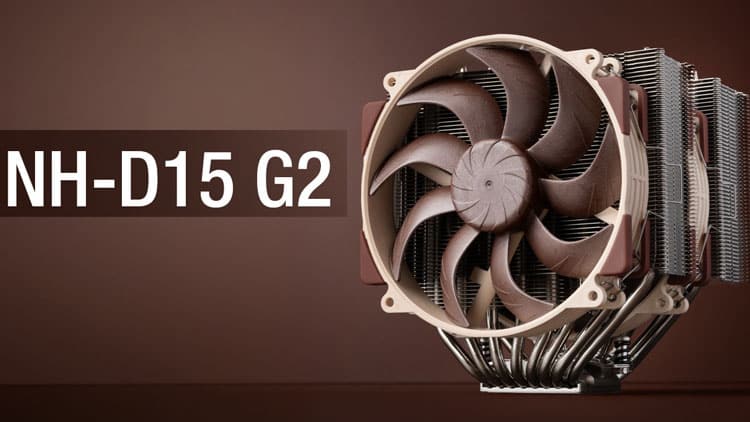
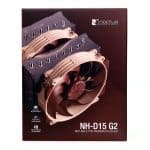
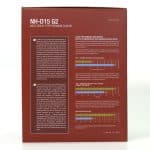
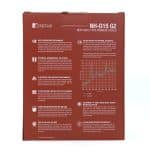
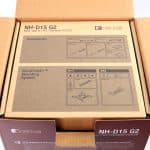

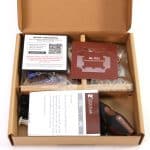
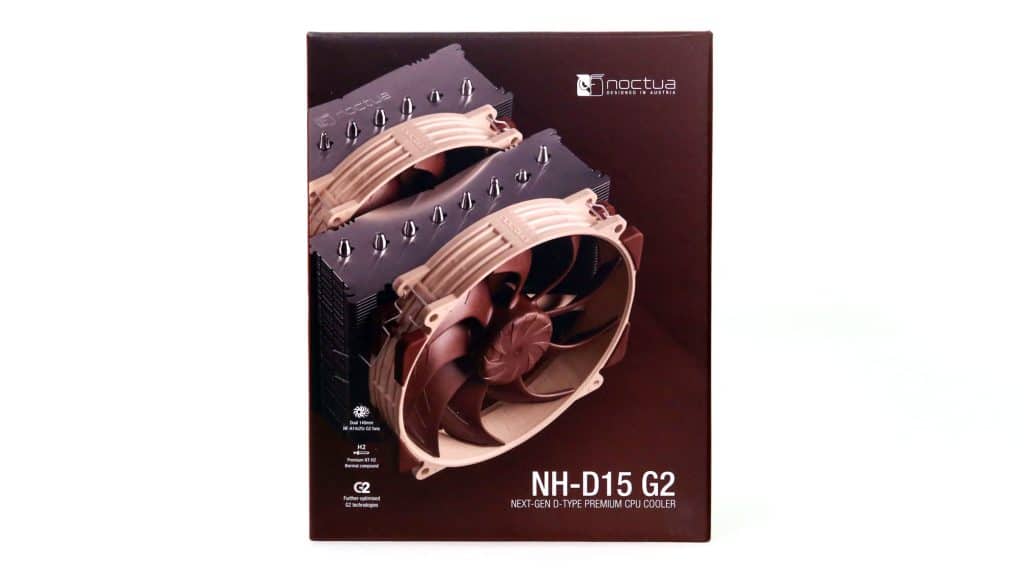
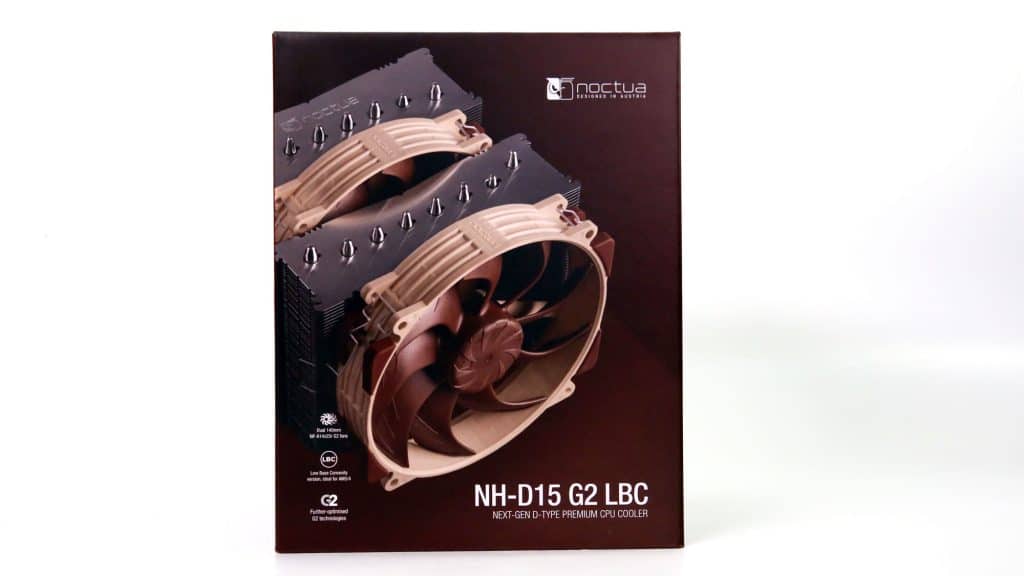

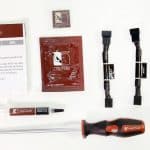
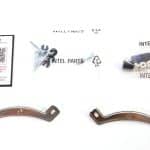
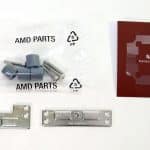
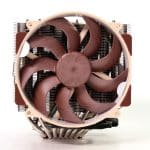

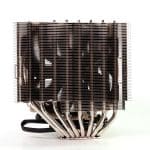
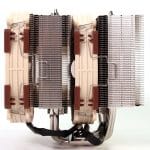
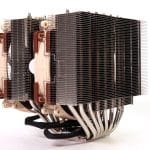
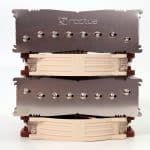
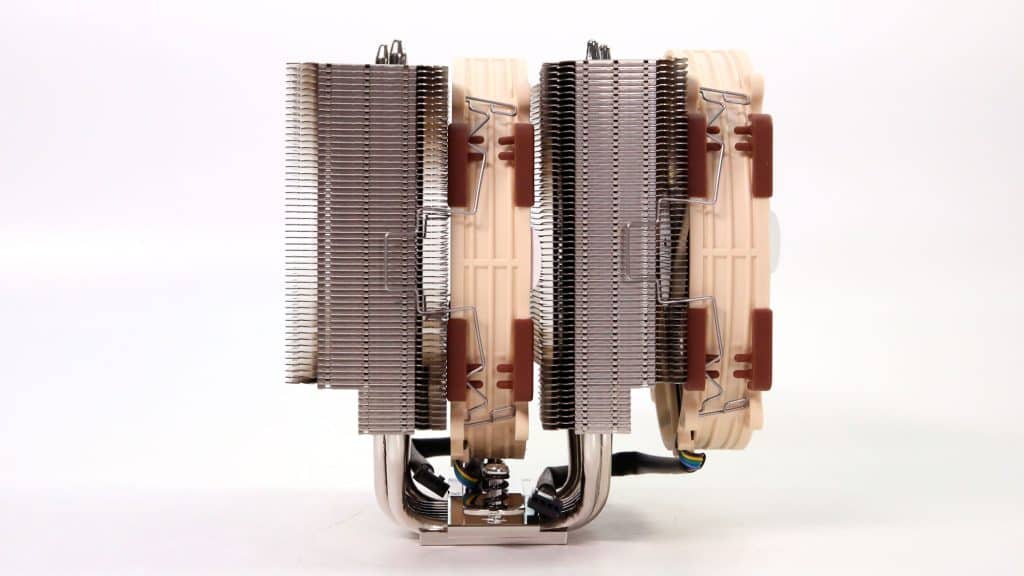
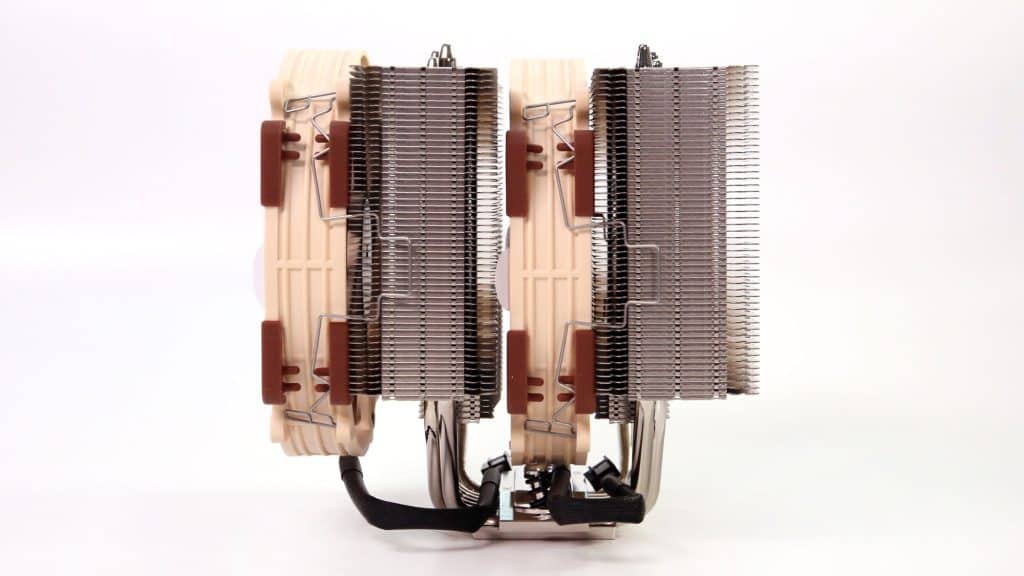
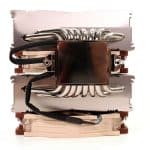
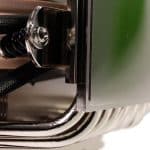
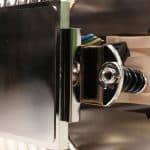
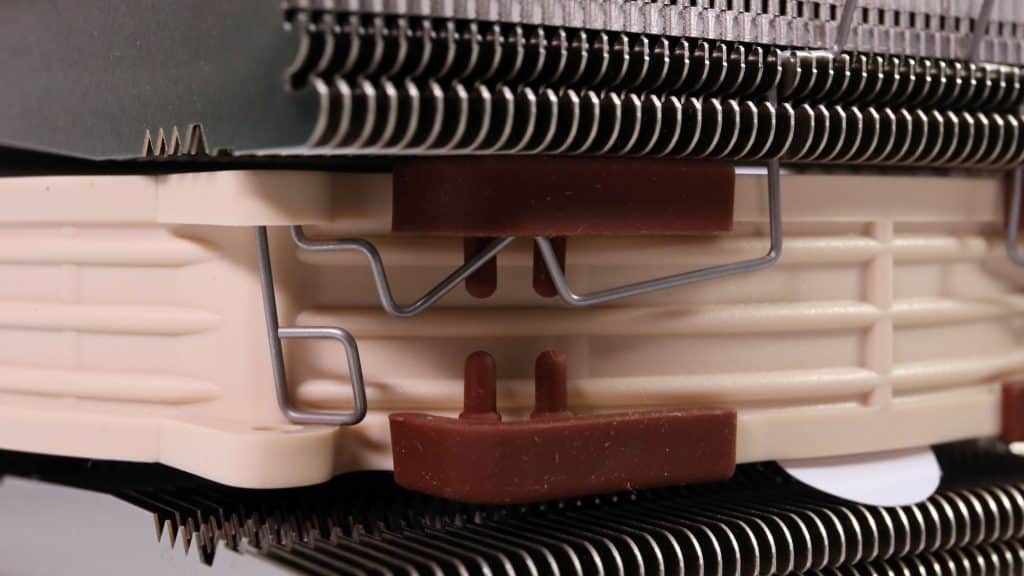
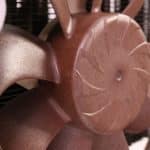
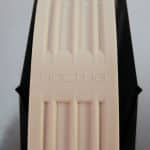
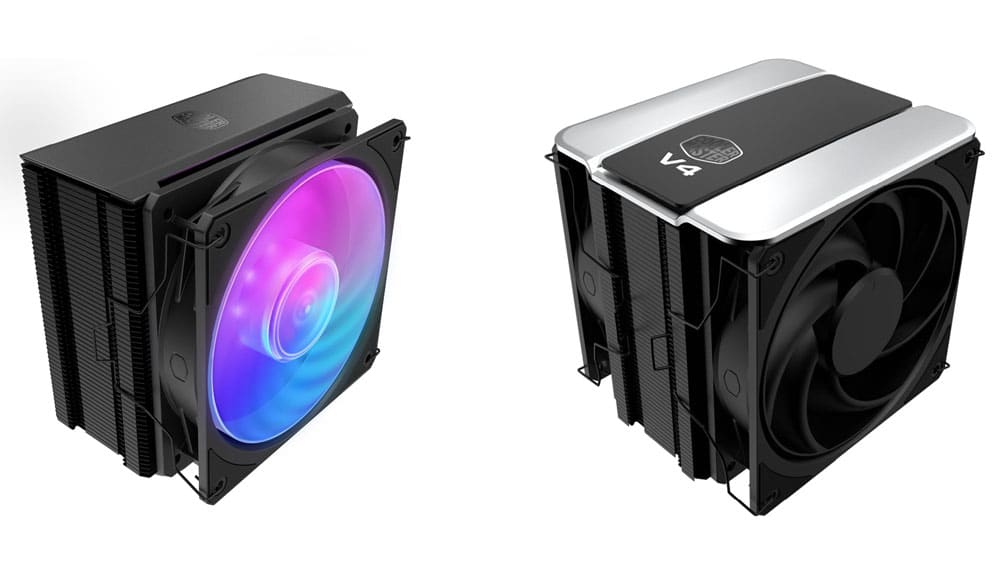

Oh how I wish you included any of the Phantom Spirit coolers, or ID-Cooling Frozn A720 in your charts. Those truly give Noctua run for their money.
Anyway, have you ever considered testing your coolers by combining them with aftermarket fans? Like, I would really like to know how would G2 perform with a pair of Shark Force 140s, or a pair of SF Megacool 140s. Off the record I mean, I don’t expect you to include that kind of tests in your regular reviews. No doubt that would make testing process an absolute nightmare to complete.
I am waiting for TR to send me some of their coolers. Hopefully soon.
I have seen 3 reviews so far, and the fins rattle at full speed. What a joke from Noctua, 150€ for what?? The fan design is a copy/paste from a car fan radiator(peugeot 308), I just don’t see the value here(plastic washers, metal bits, an extra heatpipe, etc), maybe that screwdriver is the most expensive thing, it’s a trend these days for overpriced screwdrivers.
Excellent review very easy to follow and understand it, well done.
I’m leaning towards the G1 at apx 120 eur rather G2 at 180 eur.
I would really like to buy from a European brand, and i like the esthetic.
However, these are not made far away from TR factory…. Would expect made in Europe for this price.
Still, TR phantom spirit is 60 eur.
Oh! I’m very interested to learn where the Noctua and Thermalright coolers are made. Can you share your source?
I don’t have a clue 🙂
Noctua’s heatsinks are made by Kolink
https://noctua.at/en/rascom-kolink